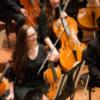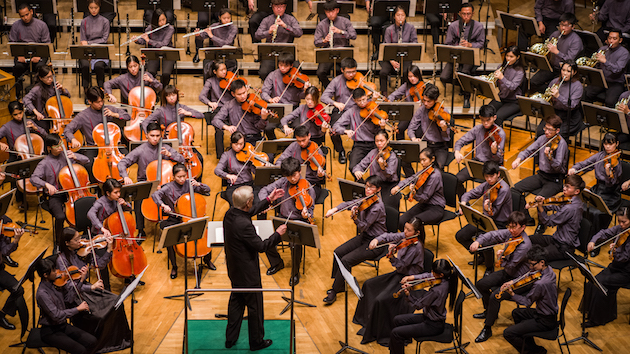
We who’ve been immersed for decades in music often forget or take for granted its greatest gift: how music simultaneously stretches and connects us.
Nothing made this more apparent last week than my 60-minute interview with up-and-coming 22-year-old violinist Shiho Takashima of Japan. The young musician auditioned along with more than 1,000 candidates from 11 cities across east and Southeast Asia to win a coveted position as one of 32 violinists selected for the 2017 Asian Youth Orchestra. Shortlisted with five other violinists to vie for chair during the second week of Rehearsal Camp — a rigorous, three-week whirlwind preceding the orchestra’s three-week world tour — Takashima became one of two concertmasters.
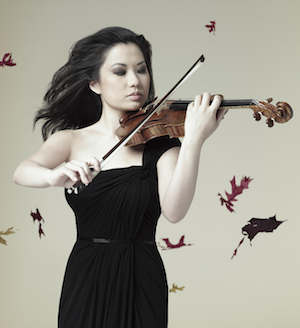
The AYO is Asia’s premiere preprofessional orchestra, cofounded by Yehudi Menuhin and Artistic Director and Conductor Richard Pontzious in 1987 and making its debut in 1990. Coming to the Bay Area this year, AYO performs at Cal Performances’ Zellerbach Hall Beethoven’s Symphony No. 7, Strauss’ Don Juan, and joined by violinist Sarah Chang, Sibelius’s Violin Concerto. A program Aug. 4 at San Jose’s Hammer Theatre Center includes a screening of an AYO documentary as well as the Beethoven and Strauss.
The summertime orchestra’s performances follow intense study with distinguished faculty and artists from orchestras and conservatories that include the Boston Symphony, San Francisco Symphony, the Leipzig Gewandhaus, La Scala, Parma, Boston Conservatory, Baltimore Symphony, Vienna Volksoper and others. With a specialist for each instrumental section of the orchestra, faculty work sectionals and participate actively in full orchestra rehearsals. “Our cello coach from the Boston Conservatory and Triple Helix Trio often says she knows of no other program this intensive or with this personal approach,” says Pontzious.
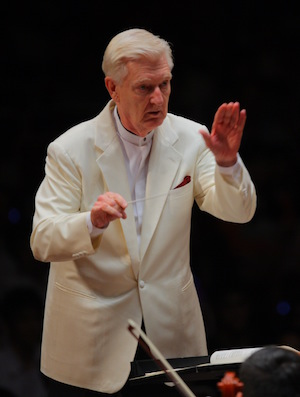
The students, a majority hoping for or already pursuing professional careers and average age 21 or 22, arrive with solid technical backgrounds. Pontzious says the goal is to create an excellent orchestra focused on playing more than just notes. Playing MUSIC, he emphasizes by using all caps in an email, is the priority. Swiftly following: becoming involved in the emotion of the repertoire and watching and responding to one another.
Pontzious says Takashima is technically skilled, rhythmically sound, and physically well able to communicate with her body. Small in stature, her greatest challenges as concertmaster are to acquire larger gestures, be aware at all times of all sections of the orchestra, anticipate conductors’ moves, and grow beyond solo performance to become an attuned, confident orchestral player.
“What parents and teachers see when their sons and daughters and students go home after AYO is a tremendous level of confidence,” he says. “The one comment we hear again and again is that ‘AYO changed my life.’ In AYO they discover what it is to be a musician in a very big world with a common goal of communication through music. The interaction, country to country, even among those who come to us with enormous political baggage, is indeed life changing.”
Orchestra members arrive from mainland China, Hong Kong, Taiwan, Indonesia, Japan, Korea, Macau, Malaysia, the Philippines, Singapore, Thailand, and Vietnam. Pontzious says this year’s tour required a staggering 228 visas. But bringing together youth musicians from countries and territories that face complex political issues and are sometimes considered unfriendly, he is inspired each year by the musicians’ camaraderie.
Which reminded me that music is a nonpartisan, polynational gift given to us by fathers, mothers, siblings, mentors, teachers, composers, friends, strangers — or through casual eavesdropping, deliberate plundering of vinyl in music stores, a late night radio broadcast, piano accompaniment heard in ballet classes long abandoned but not forgotten, and more. Music can be about political conflict, social unrest or injustice or even war, but it is none of those things.
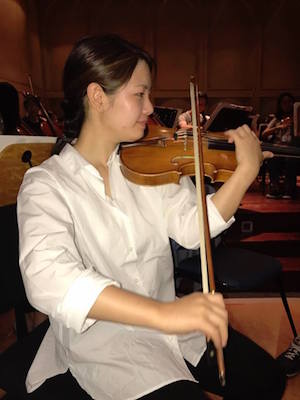
When Takashima picks up her violin, she is picking up her parents’ fierce devotion to the music she says she “can’t live without.” The family’s modest means prompted her software-engineer father to learn violin making. “We did not have much money, which is why I couldn’t buy one,” she says. “The one I have sounds good. My father just went to a violin maker to learn it and made it, as a hobby.” The wood, she says, comes from Italy, resulting in a louder sound than other violins. “It is unique. To make music, it is important for me to feel the music. On my violin, I can play music [that] I can’t play on any other violin.” Later she adds that her small hands require that she practice her fingering more than her peers, but making music come alive in her imagination is instinctive, easy.
And yet music and answering interview questions are also challenging — a test of effort and control. During her audition, she recalls that she played wrong notes and suffered dismay and nervousness. Often, during our conversation, she struggles to find words — it takes four minutes of back-and-forth and minutes-long pauses while thinking to reach the comment about her imagination. We grapple not only with language but with culture. There is reluctance on Takashima’s part to appear less than perfect in her first phone interview conducted in English: my American-style rush-rush to meet deadlines and dig beneath the surface for answers beyond the usual must be held in check. She is after perfection: I am after authenticity. We stretch to connect.
Eventually, we find a place of mutuality. It is delving into musical details that provides common ground. We talk about how each note is important and valuable in a Beethoven symphony; agree that understanding a works’ full color, rhythms, tempo, range, and history are essential for performing Mozart. We enjoy shared pleasure in the way the weave, contrast, and interplay between sections of an orchestra add character and define a composer’s work. The high, rapid notes of a solo she plays in Don Juan are challenging but also opportunity. “I can tell a story of Don Juan’s life. In my imagination, I can travel,” she says. “The rhythm is difficult; the music is lovely.”
Music, we decide together, helps people to feel free. Even in disappointment, Takashima can change her mood by picking up the violin to play. Harder is to put into words the multiple feelings she has about the violin made by her father. We end the international call with Takashima admitting it was difficult to understand the English word, “expression.” I reassure her that even people who write about music struggle with words and their meanings.
The next day, a thought occurs to me. The thing I could have done to create instant connection and understanding would have been to ask Takashima to pick up her violin and play. The thousands of miles between San Francisco and Hong Kong, the divide between our languages would have dissolved. With the simple stroke of bow on strings, she and I would connect in an unfathomably, reliable, immediate, musical way.
Maybe I’ll call her back.


